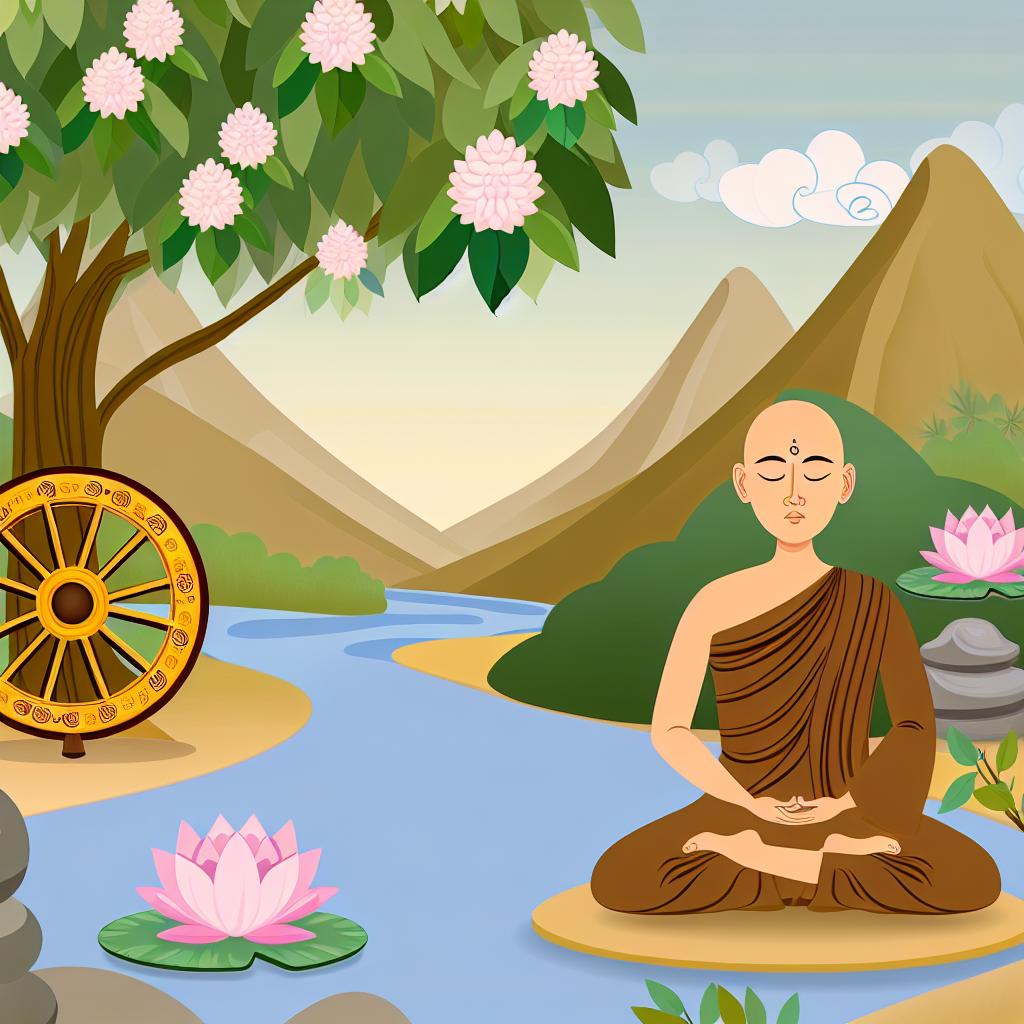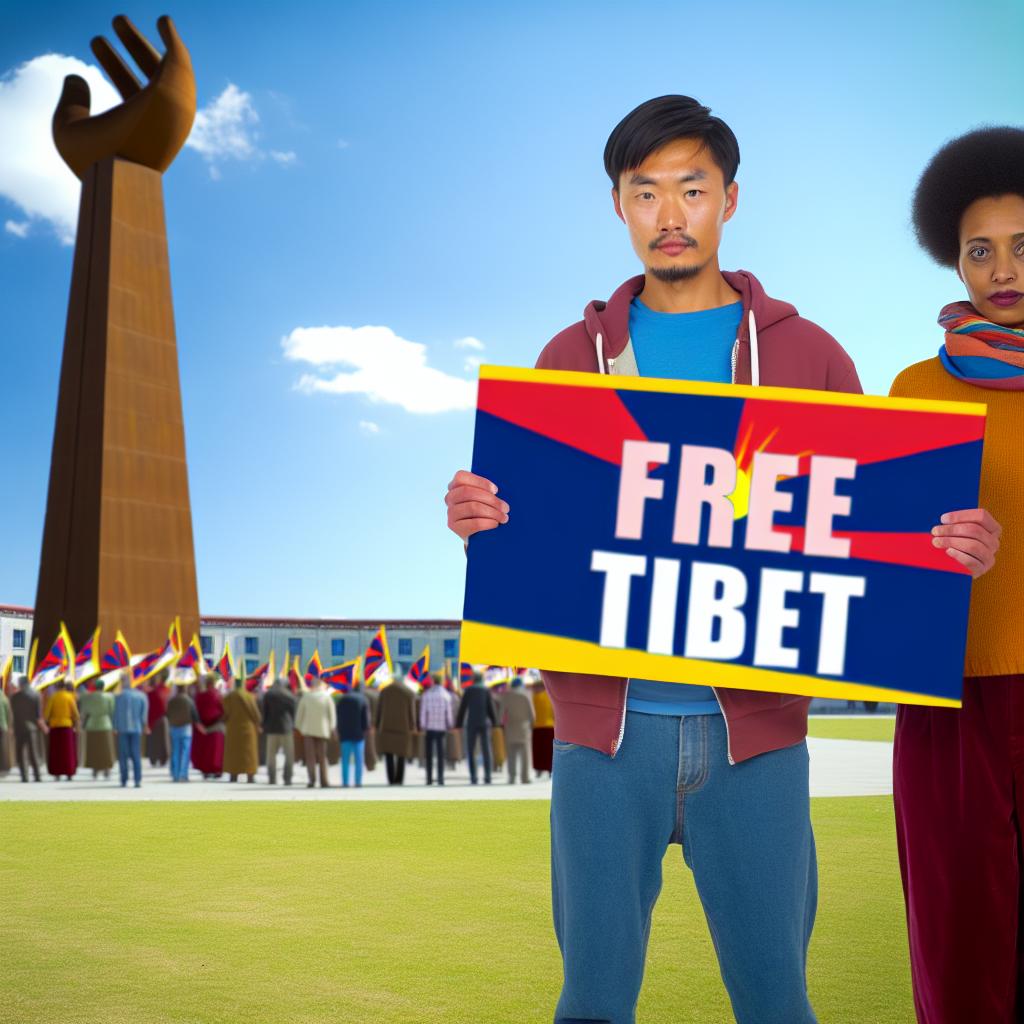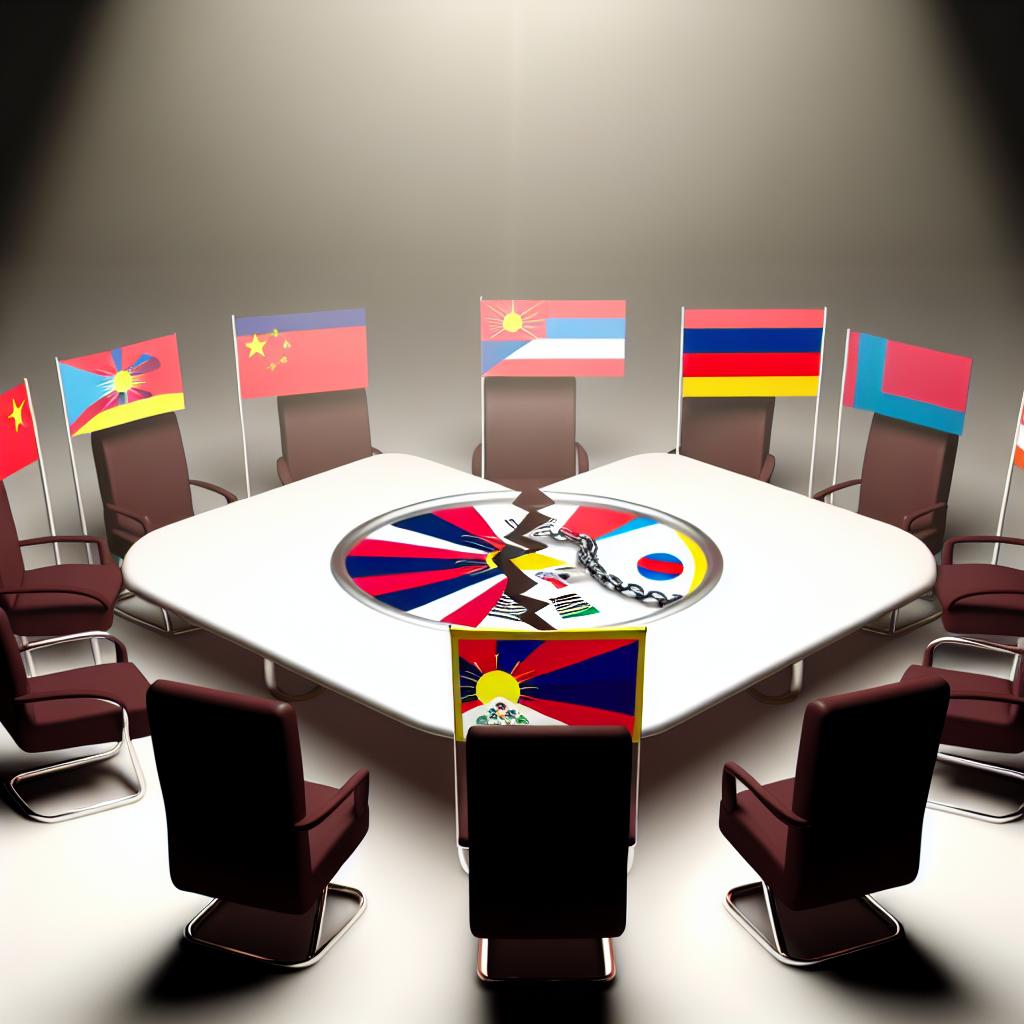The Dalai Lama’s Middle Way Approach
The Dalai Lama’s Middle Way Approach forms an essential cornerstone in the efforts to peacefully address the longstanding issue of Tibet. Stemming from the aspirations of the 14th Dalai Lama, Tenzin Gyatso, this pragmatic strategy upholds peaceful coexistence as central to its core ideals. The approach promotes achieving harmony within the framework of the People’s Republic of China, emphasizing dialogue and negotiation instead of confrontation. More than a political tactic, the Middle Way Approach is a philosophy designed to bring mutual benefits and ensure that interactions are rooted in non-violence and cooperation.
Core Principles
At the heart of the Middle Way Approach is the pursuit of a solution that adheres to the Chinese Constitution while at the same time accommodating the unique cultural, religious, and environmental necessities of the Tibetan people. It advocates for genuine autonomy as opposed to fostering desires for either independence or separation from China. This nuanced approach calls for broad-based negotiations that emphasize mutual respect and equality, ensuring that there is no encouragement for altering China’s sovereignty.
The central tenet of this principle is the emphasis on achieving autonomy that integrates Tibet into China’s political structure but grants it the freedom to manage its affairs in various key domains. This vision of genuine autonomy is rooted in the idea of preserving Tibet’s distinct identity while simultaneously seeking amicable integration within the larger nation-state. The approach is about finding a balance that respects both China’s governance and Tibet’s cultural and social fabric.
Five Point Peace Plan
A significant expression of the Middle Way Approach is encapsulated in what is known as the Five Point Peace Plan, first introduced in 1987. This plan lays out specific, pragmatic steps towards resolving the Tibetan issue. The five key components include:
Peace Zone Transformation: The plan calls for transforming the whole of Tibet into a zone of peace. This aspect envisions Tibet as a region where peace prevails, free from military conflict, and serving as a model of non-violence.
Ending Population Transfer: It seeks the abandonment of China’s policies of population transfer, which have been perceived as attempts to change the demographic composition of Tibet. This is aimed at preserving the cultural and demographic identity of the Tibetan people.
Human Rights and Freedoms: Respect for fundamental human rights and democratic freedoms of the Tibetan people forms the basis for harmonious existence. The plan insists on the adherence to rights that safeguard Tibetans’ way of life and their socio-political freedoms.
Environmental Preservation: An essential element of the plan is the restoration and protection of Tibet’s natural environment, which is crucial not only for the region but also for broader environmental stability given Tibet’s ecological significance.
Negotiations Commencement: The proposal emphatically calls for the beginning of earnest negotiations regarding Tibet’s future and the broader relationship between Tibetan and Chinese populations. Through dialogue, both parties can address grievances and map a path for future cooperation.
Negotiations and Dialogues
Since the Middle Way Approach was proposed, various rounds of dialogues have taken place between envoys of the Dalai Lama and Chinese officials. However, these dialogues have faced numerous obstacles and have not always been consistent. Dialogue and negotiation remain pivotal elements of the Middle Way Approach, representing means to foster understanding and seek common alignment. The ultimate goal is to arrive at a lasting solution that appreciates the rights and needs of both Tibetan and Chinese populations.
Dialogue is not merely a process of negotiation but a deliberate effort to build trust and share perspectives. Both sides are encouraged to engage in conversations that go beyond mere political exchanges, delving into cultural, historical, and humanitarian aspects that influence the Tibet issue. The Middle Way Approach places immense value on communication, aiming to turn seemingly insurmountable differences into opportunities for constructive compromise.
Global Support
Over the years, the Middle Way Approach has managed to secure considerable international support. Many global leaders, governments, and organizations recognize the potential of this proposal in establishing a sustainable resolution to the Tibet issue. The emphasis on peaceful dialogue and reconciliation has drawn broad approval, with endorsements highlighting the proposal’s dedication to peace and mutual recognition.
The global appeal of the Middle Way Approach lies in its balanced perspective. It underscores the importance of honoring Tibet’s historical and cultural identity while supporting the integrity of China’s territorial claims. This balanced approach aligns with global principles of human rights and diplomatic conflict resolution, making it a desirable path for many international advocates for peace.
International backing has not only strengthened the credibility of the Middle Way Approach but also reinforced the importance of finding a peaceful resolution. As Tibet occupies an important geopolitical space, the resolution of its status is widely seen as a critical milestone for regional stability. The Middle Way Approach, therefore, not only addresses regional concerns but is also perceived as a significant step towards broader global harmony.
For further information on the Middle Way Approach, interested individuals and parties may refer to resources provided by organizations like the Central Tibetan Administration. These organizations are dedicated to educating and advocating for Tibetan issues, providing comprehensive insights and resources on initiatives like the Middle Way Approach.
Ultimately, the Middle Way Approach remains an enduring and evolving strategy in the quest to resolve one of the most complex geopolitical challenges. Rooted in a firm commitment to negotiation and respect for diversity, it continues to seek an avenue for peaceful coexistence and mutual prosperity.




